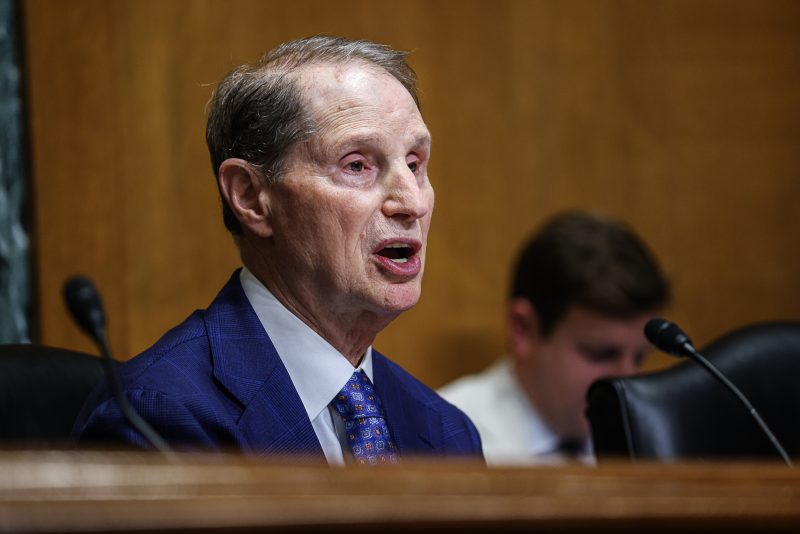The proposal to expand the U.S. Supreme Court by adding six new justices has sparked immense debate and controversy across the political spectrum. The concept of court-packing, as it is commonly referred to, is not a new idea, but the recent introduction of the sweeping bill signifies a bold move that could potentially transform the composition and dynamics of the highest court in the land.
At the core of the bill is the argument that expanding the number of justices would help to balance the ideological tilt of the Supreme Court, which currently leans conservative following the appointments made during the Trump administration. Proponents of the bill argue that such a move is necessary to dilute the influence of a narrow majority and ensure a more representative and impartial judiciary that reflects the diversity of opinions in the country.
On the other hand, critics of the bill view it as a brazen power grab aimed at tilting the balance of the Court in favor of the Democrats. They argue that expanding the number of justices for political gain sets a dangerous precedent that could further erode the independence and integrity of the judiciary, undermining the very foundation of the American democratic system.
The historical context of court-packing cannot be overlooked in this debate. The idea of expanding the Supreme Court has been proposed in the past, most notably by President Franklin D. Roosevelt in the 1930s. While Roosevelt’s attempt ultimately failed, it sparked a national conversation about the role and legitimacy of the judiciary in American governance.
The implications of expanding the Supreme Court extend far beyond the current political moment. It raises fundamental questions about the separation of powers, the checks and balances inherent in the U.S. Constitution, and the delicate balance between judicial independence and democratic accountability.
In addition to the ideological ramifications, the practical challenges of adding new justices should not be underestimated. The Supreme Court’s caseload is already substantial, and expanding the number of justices could potentially lead to inefficiencies, delays, and a strain on the institution’s ability to deliver timely and effective justice.
Ultimately, the debate over the sweeping bill to overhaul the Supreme Court goes to the heart of the American system of government and the delicate balance of powers that underpins it. As the proposal continues to generate fervent discussion and political maneuvering, it remains to be seen whether it will come to fruition and what long-term consequences it may have on the integrity and credibility of the highest court in the land.
